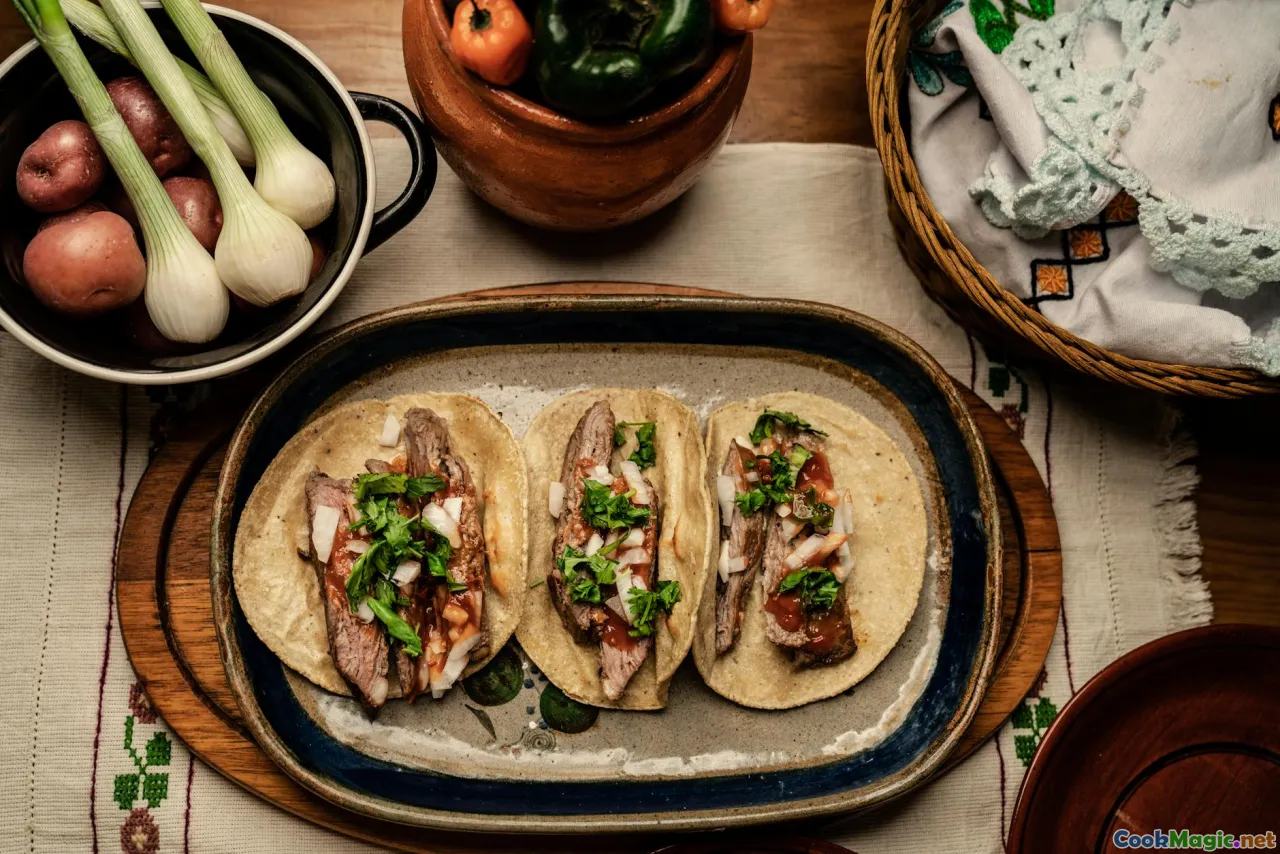Cultural Significance of Pakistani Spices
7 min read Discover how Pakistani spices shape culinary traditions, evoke emotions, and reflect centuries of history and culture in every dish. April 20, 2025 16:00
The Cultural Significance of Pakistani Spices
Pakistan’s vibrant cuisine is a sensory feast, renowned for its bold flavors, aromatic complexity, and rich cultural roots. At the heart of this culinary mosaic lie spices—those tiny yet powerful ingredients that transform simple ingredients into unforgettable dishes. But beyond their culinary utility, Pakistani spices are deeply woven into the social fabric, history, and identity of the nation. They tell stories of centuries, of trade routes, of family traditions, and of spiritual beliefs.
An Aromatic Journey Through History
The story of Pakistani spices begins centuries ago, when traders from the Middle East, Central Asia, and the Indian subcontinent traversed the legendary Silk Road. These routes not only facilitated the exchange of goods but also of ideas, rituals, and flavors. Spices like cumin, coriander, turmeric, and cardamom found their way into the kitchens of Pakistan, becoming integral to regional cuisines.
Turmeric, with its radiant golden hue, was valued not just for its flavor but also for its medicinal properties. Its use in religious rituals and traditional medicine underscores its spiritual significance. Similarly, black cumin (kalonji) has been revered for centuries, believed to possess healing powers and symbolize prosperity.
The Flavor Palette: A Symphony of Spices
Pakistani cuisine is a testament to the masterful use of spices—each with its own story, symbolism, and purpose:
-
Cumin (Zeera): Deeply aromatic, cumin is fundamental in Pakistani cooking. It signifies hospitality and is used in almost every savory dish, from pulao to curries. Its warm, earthy aroma evokes memories of family gatherings and festive celebrations.
-
Coriander (Dhania): With its bright, citrusy scent, coriander symbolizes freshness and vitality. Ground coriander adds a tangy depth to chutneys, stews, and marinades.
-
Turmeric (Haldi): Known for its vibrant color and anti-inflammatory properties, turmeric is often associated with purity and festivity. It is a staple in biryanis and meat dishes, lending a warm, earthy flavor.
-
Cardamom (Elaichi): Its sweet, floral aroma elevates desserts like kheer and is also used in savory rice dishes, embodying luxury and celebration.
-
Red Chili (Lal Mirch): Spicy and fiery, red chili reflects the passionate spirit of Pakistani culture. It adds heat and vibrancy to dishes, symbolizing resilience.
Spices as Cultural Symbols
In Pakistani society, spices transcend their culinary role—they embody cultural values, social hierarchies, and religious practices.
Spices in Rituals and Festivals
During Eid, weddings, and other festivities, aromatic spice-laden dishes are prepared as offerings of gratitude and joy. Scented with cinnamon and cloves, these dishes serve as communal bonds, uniting families and communities.
Spices and Traditional Medicine
Ayurvedic and Unani systems in Pakistan regard spices as medicinal treasures. Ginger and black pepper are used to boost immunity, while fennel is believed to aid digestion. The integration of spices into health practices highlights their spiritual and holistic significance.
Spices as Family Heritage
In many Pakistani households, recipes passed down through generations are rich with personal stories and spice blends unique to families. These recipes are treasured heirlooms, preserving cultural identity amid a rapidly changing world.
The Emotional and Sensory Connection
Imagine the warm aroma of cumin and coriander wafting through a bustling Pakistani kitchen—an aroma that immediately stirs feelings of home and belonging. The fiery kick of red chili awakens the senses, while the subtle sweetness of cardamom soothes the soul.
Spices in Pakistani cuisine are more than ingredients; they are emotional anchors that evoke memories, celebrate traditions, and foster community bonds. Their vibrant colors and intoxicating scents turn cooking into a ritual of love, respect, and cultural pride.
Personal Reflections and Anecdotes
Having traveled across Pakistan, I have witnessed firsthand how spices transform everyday meals into cultural celebrations. In Lahore, the air is thick with the scent of roasting cumin and sizzling garlic, a testament to the city’s culinary passion. In the mountainous valleys of Kashmir, saffron—one of the most precious spices—imbues dishes with a regal touch, symbolizing hospitality and honor.
One of my fondest memories is of a family gathering in a small village where a grandmother meticulously ground fresh spices, sharing stories of their origins and significance. Her hands, stained with turmeric, moved with reverence—each spice a chapter of her family’s history.
The Future of Spices in Pakistani Culture
As Pakistan modernizes, there’s a growing movement to preserve traditional spice blends and organic cultivation practices. Farmers are reviving heirloom varieties, ensuring that the rich legacy of Pakistani spices endures for future generations.
Meanwhile, chefs and food enthusiasts worldwide are discovering the depth of Pakistani spice artistry, incorporating these flavors into fusion cuisines. This global appreciation not only celebrates Pakistan’s culinary heritage but also promotes sustainable practices and cultural exchange.
Conclusion: More Than Just Flavors
Pakistani spices are a vibrant tapestry woven into the nation’s history, spirituality, and social fabric. They symbolize resilience, hospitality, and a deep connection to cultural roots. Every pinch, grind, and simmer carries centuries of stories and traditions, making Pakistani cuisine a living testament to its rich heritage.
So next time you savor a spicy biryani or a fragrant curry, remember—these flavors are more than just taste; they are an invitation to explore a world of history, emotion, and cultural identity rooted in the humble yet mighty spice.









